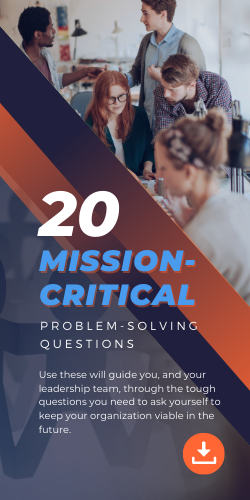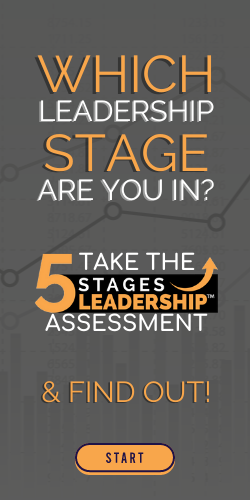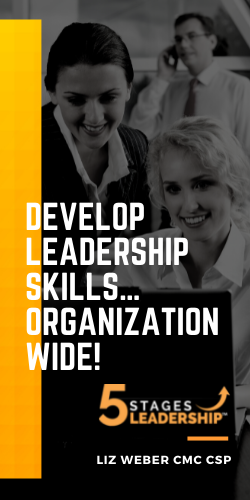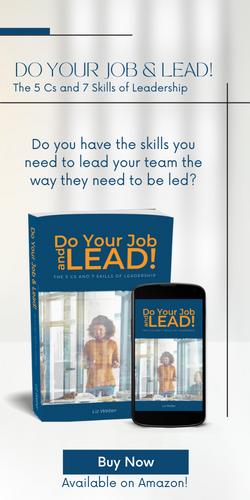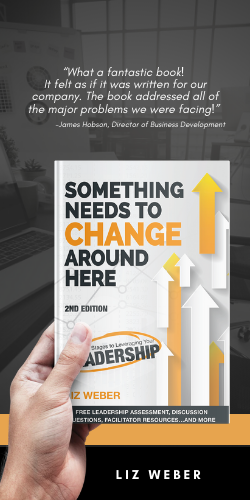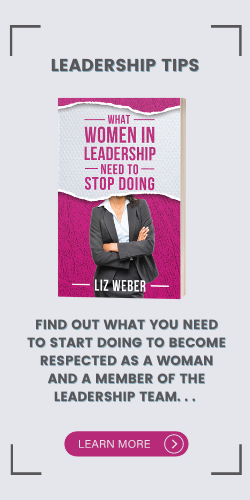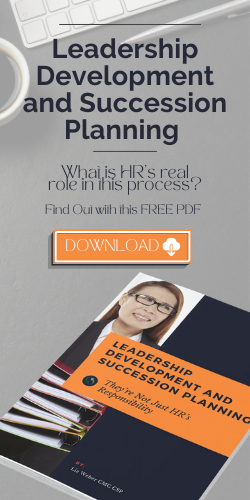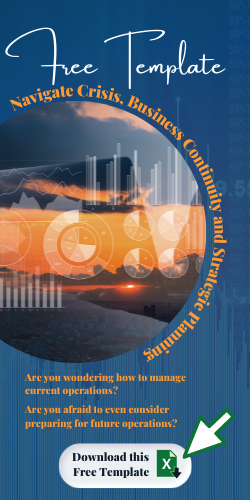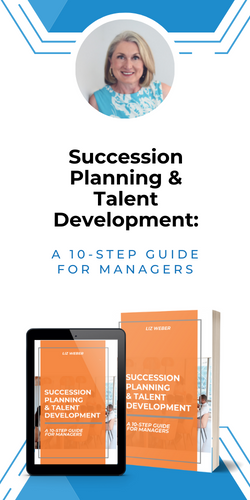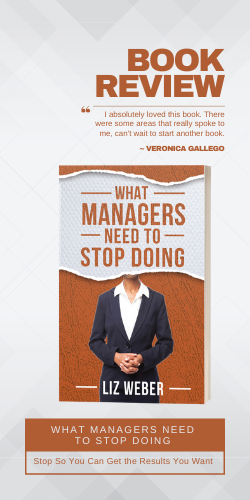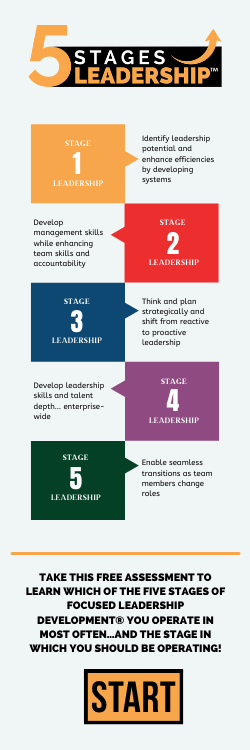When things start to settle a bit in your world as you adjust to the new reality caused by the global COVID-19 Pandemic, be prepared to dramatically revise your strategic plan. It’s no longer strategically viable. Whether your operations experience a positive or negative impact for two weeks or two years, the future work world you were envisioning when your plan was created no longer exists.
The future work world you were envisioning when you created your strategic plan no longer exists
Here are 6 reasons your current strategic plan is no longer viable. The sooner you look for opportunities to adjust your current strategies, the greater your likelihood of continued viability and even greater success.
- Your Sales and Timeline Projections are Off
Whether this pandemic has boosted your business or caused it to temporarily close, the sales/usage/attendance numbers and timelines you were projecting in your plan are no longer appropriate. Whether you’ve had to rapidly ramp up operations to deal with the increased demand (i.e., medical equipment and supplies, virtual communications and educational capabilities) or you’ve had to dramatically scale back or temporarily close operations (i.e., entire supply chains for the food service, travel, hospitality, in-person meetings/training, and entertainment industries), the sales and timeline numbers you were projecting are no longer viable. Either your projections have sped up and grown exponentially or your projections have tanked because of the impact to your ‘customers’. Your strategic plan needs to change accordingly. - Your Capacity and Resource-Loading Projections are Off
With the changes in demand, your production capabilities and capacity projections are no longer accurate. Your plan no doubt included new, large-scale initiatives. However, because your production capacity has changed by either being ramped up, pulled back or shut down, production capacity needs have been altered (i.e., you either need to rapidly scale up or down your production capabilities). Also, because other non-production related issues will have no doubt come to light because of the changed work environment, the need for some of your planned initiatives are no longer as important or urgent. Your team’s energies may need to be focused on more urgent operational, infrastructure, and workplace/workforce issues, before the less time-sensitive but strategic initiatives take hold. - Your Technological Infrastructure Enhancement Projections are Off
The unforeseen shift to a remote workforce has no doubt shed a glaring light on your organization’s technical strengths or limitations to adequately support this type of work environment. Even though you may have already had technological enhancements as part of your plan, the reality of the scale of the enhancements or the refinements needed has no doubt highlighted the need for adjustments sooner than planned. - Your Workplace Culture and Teams’ Skills Strengths and Weaknesses Have Been Revealed
How smoothly your team transitioned to remote, increased, or decreased work status is telling about your organization’s workplace policies, communications, support systems, and training. If your teams transitioned fairly smoothly to remote status, kudos to you! It’s an indication your leadership team had already planned for remote work scenarios to support staff needing that option, and you probably already had policies and procedures in place to support these scenarios. And, because your teams had probably already been trained on how to work remotely, how to access their needed files, and how to stay productive, your teams performed well. If your employees were – or possibly still are – unproductive and frustrated by working remotely, you’ve got work to do. Creating a flexible, supportive workplace culture will be key to helping you recruit and retain great team members. - Your Leadership Team’s Skills in Leading Through Crises and Change Were Revealed
This pandemic took most leaders by surprise. It’s impact on business and organizations changed every day, if not by the hour. However, how well you and your team took notice of and then took proactive or reactive measures to manage the impacts of the pandemic are telling. How calm, communicative, decisive, transparent, proactive, informative, and supportive you and your leadership team have been has been noticed by your teams, your customers, your vendors, and your stakeholders. Many will be curious as to what lessons have been learned and how your team will leverage those lessons learned to become an even stronger leadership team, workplace, team, and organization going forward. They’ll want to see intentional action or acknowledgement of what was learned. - You’ve Been Given a Glimpse Into the Workplace of the Future
Finally, this pandemic has given us an insight into what your work world might look like in 2-5 years. More visibly than ever, we’ve been given an opportunity to experience what an alternative or limited work environment can be. Because of that, which aspects of this potential vision of a future work world do we want to leverage? When your teams return to ‘regular’ work status, what will be their perceptions, perspectives, and expectations of their ‘regular’ work responsibilities? Will they want to or need to work in the same physical space with the same processes as before? Will video conferencing, meetings, and training programs become a more prevalent part of their work worlds? Will more staff be given enhanced tools to access work files in various ways and from various platforms? Will you need as many or more staff? What kind of leadership and team skills will be needed and most helpful going forward that aren’t in place now?
The purpose of strategic planning is to create a framework that outlines what your future organization needs to look like to be successful. This pandemic has provided an opportunity to test your current capabilities to meet your vision. If you’ve met this challenge fairly smoothly, congratulations. If not, you can now reset your framework to ensure you, your team and your organization are stronger, more flexible, and more connected than ever.
Are You Ready to Scrap Your Current Strategic Plan?
Copyright MMXX – Liz Weber, CMC, CSP – Weber Business Services, LLC – www.WBSLLC.com +1.717.597.8890
Liz supports clients with strategic and succession planning, as well as leadership training and executive coaching. Learn more about Liz on LinkedIn!






